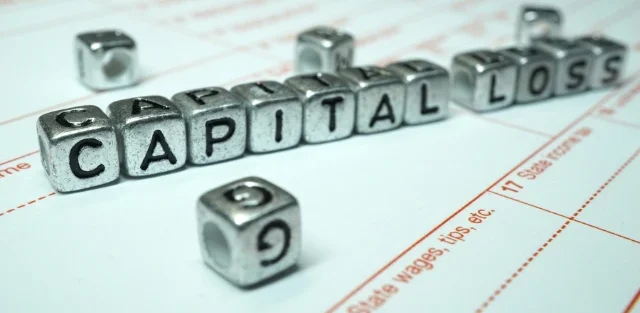For many Canadian investors, the world of capital gains and losses can seem like a confusing maze. We all love to celebrate capital gains – the profits we make when our investments perform well. However, facing capital losses can be frustrating. What if we told you that losses can also be a powerful tool in your tax planning arsenal? Understanding how to strategically balance your capital gains against your capital losses is a cornerstone of smart investing, enabling you to significantly reduce your tax burden. At AI Tax Consultants, we help our clients master this cutting-edge technique to keep as much of their hard-earned money as possible.
The Basics: Capital Gains and How They’re Taxed
First and foremost, let’s clarify what a capital gain is. It’s the profit you realize when you sell an investment (such as stocks, mutual funds, or real estate) for more than its adjusted cost basis (ACB). In Canada, only 50% of that gain is included in your taxable income. For example, if you realize a $10,000 capital gain, your income will only be increased by $5,000 and taxed at your normal rate. This preferential treatment makes capital gains more taxable than interest income, which is 100% taxable.
The Silver Lining of Capital Losses
Then, while no one wants to lose money, capital losses occur when you sell an investment for less than its ACB. Here’s where the silver lining appears: These losses aren’t just paper losses. They can be used to offset your taxable capital gains.
The basic principle is simple: Your total capital gains for a year are reduced by your total capital losses for that year. If your losses are greater than your gains in a particular year, you don’t lose the benefit. Instead, you can carry back those net capital losses for up to three years to reduce taxable capital gains from those previous years, potentially resulting in a refund. Additionally, if you still have losses left, you can carry them forward indefinitely to offset future capital gains. This flexibility is a game-changer for long-term investors.
Strategic Balancing: Tax-Loss Harvesting
Moreover, the act of intentionally selling investments at a loss to offset gains is known as “tax-loss harvesting.” This strategy is particularly effective towards the end of the tax year.
For example, if you have made a significant capital gain during the year from the sale of profitable stocks, you may notice other investments in your non-registered portfolio that are currently trading below their purchase price. By selling these underperforming assets before the end of the year, you incur capital losses that can immediately reduce your current year’s capital gains, thereby reducing your overall tax bill. However, it is very important to be aware of the “level loss” rule: You cannot repurchase the same or a similar security within 30 calendar days before or after the sale. Ignoring this rule will not allow the loss for tax purposes.
AI Tax Consultants: Your Partner in Optimizing Your Portfolio
Finally, navigating the nuances of capital gains and capital losses, especially when implementing strategies like tax loss harvesting, can be complicated. Determining your adjusted cost basis, tracking specific share identification, and understanding carryback/carryforward rules requires recordkeeping and a deep understanding of tax law. At AI Tax Consultants, we specialize in helping Canadian investors strategically manage their portfolios. We work with you to identify opportunities to improve your tax position, ensuring that even your investment failures can yield financial benefits.
Conclusion
Finally, understanding the interplay between capital gains and capital losses is essential for any savvy Canadian investor. By proactively balancing your books, you can turn what appears to be a negative event into a valuable tax-saving opportunity. Don’t let potential savings slip through your fingers. Partner with AI Tax Consultants to integrate these powerful strategies into your investment playbook and ensure you’re always one step ahead of the CRA.
FAQs:
- What is a capital gain and how is it taxed in Canada?
- A capital gain is profit from selling an investment for more than its cost. Only 50% of the gain is included in your taxable income and taxed at your marginal rate.
- How are capital losses used to reduce taxes?
- Capital Losses are used to directly offset realized capital gains. Net capital losses can be carried back up to three years or carried forward indefinitely to reduce future taxable gains.
- What is the ‘superficial loss’ rule?
- The ‘superficial loss’ rule states that you cannot claim a capital loss if you repurchase the same or an identical security within 30 calendar days before or after the sale.





